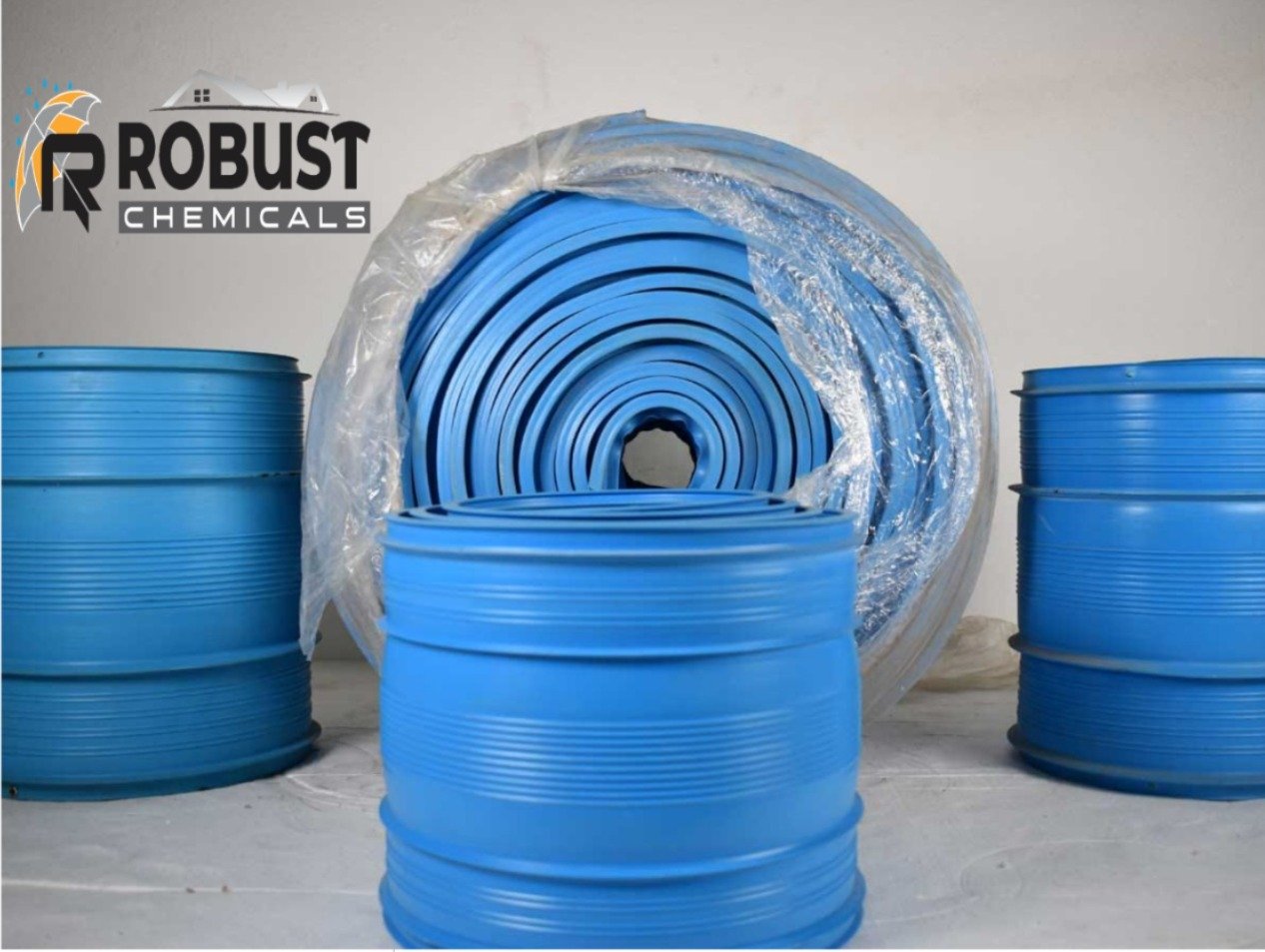A Water Stopper is an essential component in the construction industry, specifically designed to prevent water penetration through concrete joints, a critical aspect of waterproofing in water-exposed structures. Waterstoppers are typically used in projects such as basements, water tanks, tunnels, dams, retaining walls, and swimming pools, where water retention or exposure is inevitable. These joints, which are prone to cracking or movement due to various factors like thermal expansion, settling, or loading conditions, are the primary points of vulnerability for water leakage. Waterstoppers act as a barrier to block the passage of water at these joints, ensuring the integrity and durability of the concrete structure over time.
The materials used in waterstoppers can range from PVC and rubber to hydrophilic compounds, each tailored for specific applications and environmental conditions. For instance, hydrophilic waterstoppers expand when exposed to water, forming a tight, self-sealing bond, which increases the barrier against water leakage. On the other hand, traditional PVC and rubber waterstoppers provide flexibility and robustness, making them ideal for joints subject to movement or vibration. These materials are selected based on factors like water pressure, joint movement, chemical exposure, and temperature variations in the surrounding environment.
Waterstoppers come in various profiles and designs, such as central (internal) waterstoppers, which are placed at the middle of joints for structures where water pressure is more concentrated, and external waterstoppers, which are placed along the edges of the joint to prevent water seepage along the perimeter. The shape, material, and size of the waterstop are determined based on the specific requirements of the joint and the water pressure it is designed to withstand. Furthermore, advanced waterstoppers may include features like anti-wicking properties, which prevent the migration of moisture along the waterstop material and ensure maximum sealing effectiveness.
The installation of waterstoppers must be executed with utmost precision and care to ensure their effectiveness. They are typically installed during the concrete pouring process, placed in the formwork before the concrete is poured. A common challenge is ensuring proper bonding between the waterstop and the surrounding concrete, as any misalignment or gap can lead to water leakage. Improper installation can lead to structural failure, necessitating costly repairs or even compromising the functionality of the structure. Therefore, adherence to installation guidelines, including maintaining correct placement and alignment, is vital for achieving optimal performance.
